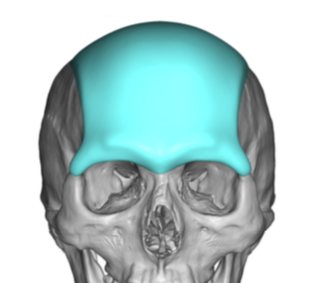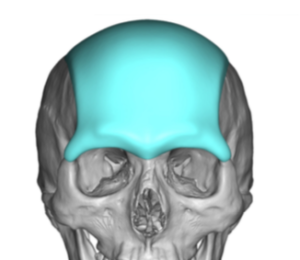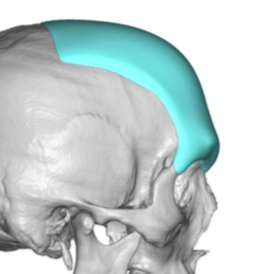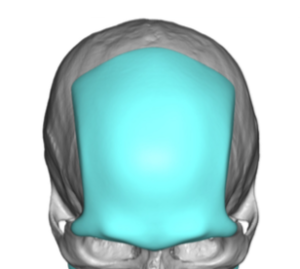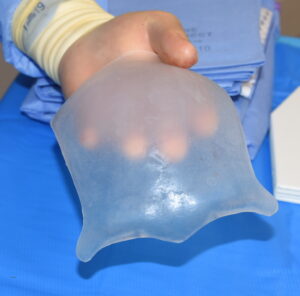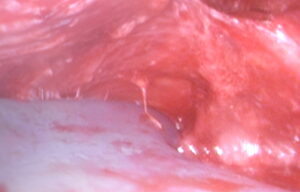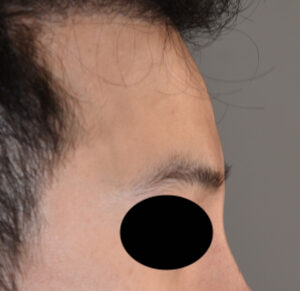Background: The male forehead is well known to have several distinct topographic features that make it gender identifiable. The presence of brow bones is the most prominent of them and is created by the larger underlying frontal sinuses which create the raised angulated mounds next to the central glabella above the frontonasal junction. There also lateral brow bone ridges that are less pronounced which continue down onto the frontozygomatic suture line of the upper lateral orbital rim.
Certain men fail to develop an aesthetically pleasing brow bone shape/projection which is more prevalent in certain ethnicities. Men who seek a brow bone augmentation procedure are presented with few satisfactory options. Injectable fillers and fat have a role to play in creating more prominent brow bones but have their disadvantages of lack of permanence and inability to create a defined bone shape.
Where injectable techniques have a major disadvantage is when the lack of brow bone projection also involves the rest of the forehead above it. Inadequate brow bone growth, not unsurprisingly, is frequently associated with a forehead that also lacks forward projection. When the entire forehead needs to be augmented (forehead-brow bones) the only effective augmentation method is with a 3D-designed custom implant.
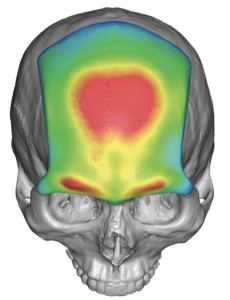
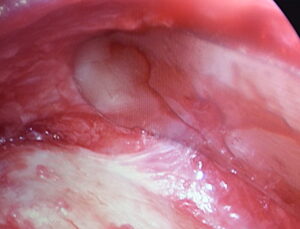
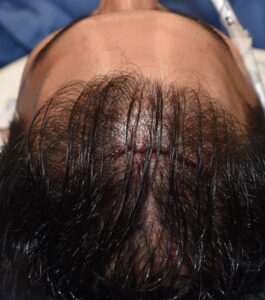
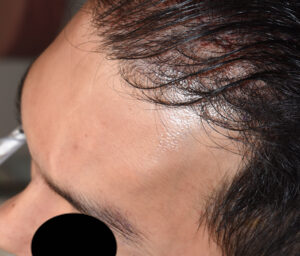
Custom forehead-brow bone implants are very effective at improving the shape of the male forehead who seeks a more defined look. Because of the need to do complete subperiosteal release across the entire brow bones there is going to be significant postoperative swelling and bruising around the eyes which will develop after surgery that takes some time to fully dissipate. (up to one month after surgery) Patients should be aware of this expected temporary side effect and set their expectation time for recovery accordingly.
Case Highlights:
1) Lack of brow bone projection in men is frequently associated with a more retroclined forehead slope as well.
2) Male brow bone augmentation must consider the forehead shape and angulation above it to determine whether brow bone augmentation will make riot look worse or whether a combined forehead-brow bone augmentation should be done.
3) The placement of a custom forehead-brow bone implant is done through a small scalp incision aided by endoscopic dissection and placement assessment.
Dr. Barry Eppley
Indianapolis, Indiana

